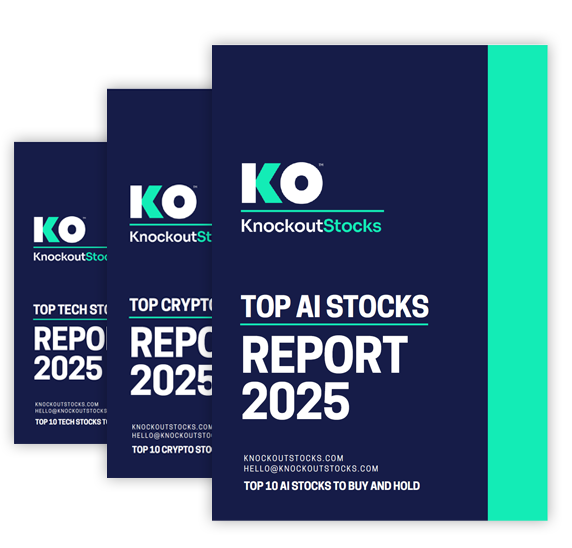TLDR
- RLUSD could enhance XRP’s role in the XRPL ecosystem instead of replacing it.
- XRP remains essential for transaction fees and liquidity bridging on the XRPL.
- The rise of RLUSD could increase XRP demand through more transactions and trades.
- XRP’s unique advantages make it irreplaceable, even with RLUSD’s emergence.
- Ripple’s limited control over the network ensures XRP remains integral to the XRPL.
The emergence of Ripple’s USD-pegged stablecoin RLUSD has raised questions in the XRP community. Some members worry that RLUSD might undermine XRP’s utility on the XRPL ecosystem. However, All Things XRP addresses these concerns, stating that RLUSD can enhance XRP’s role rather than replace it. XRP holders should be optimistic, as RLUSD could drive more adoption and demand for XRP in the long term.
XRP’s Irreplaceable Role in XRPL
XRP occupies a unique position as the native asset of the XRPL. As the only asset that can pay transaction fees, XRP holds a distinct privilege. XRP is integrated into every account without the need for trust lines and operates without counterparty risk. Unlike RLUSD, which is an issued asset reliant on Ripple as its issuer, XRP offers no counterparty risk or potential for freezing and clawbacks.
XRP is crucial to every transaction on the XRPL. Each transaction burns a small amount of XRP, ensuring its continuous demand. This process happens even when the transaction involves RLUSD or another token. Therefore, XRP remains central to the XRPL’s functioning and ensures its continued utility in the ecosystem.
The XRPL’s decentralized exchange (DEX) also plays a key role in maintaining XRP’s importance. It prioritizes XRP liquidity through autobridging, which ensures efficient trading. As RLUSD trading pairs increase, XRP will continue to be used in bridging operations, further strengthening its role in the ecosystem.
RLUSD’s Complementary Role to XRP
While RLUSD can serve as a stable settlement tool, XRP remains the optimal choice for transaction processing. XRP stands out for its speed, low cost, and global liquidity, making it ideal for cross-border payments. RLUSD offers stability useful in specific situations, but it cannot replace XRP’s core functions. As Ripple’s Chief Technology Officer, David Schwartz, stated, RLUSD will not replace XRP’s role.
RLUSD’s rise can also boost XRP’s position in the market. Increased adoption of RLUSD will result in more transactions, tokenized assets, and trades, all requiring XRP for fees. In this way, RLUSD can serve as a driver for increased XRP activity, enhancing the asset’s long-term scarcity. As more users rely on XRP for transaction fees and liquidity, XRP holders should see benefits from the growth of RLUSD.
Ripple’s Influence and XRP’s Future
Ripple operates only around one percent of validators on the XRPL, meaning it does not control the network. This decentralized structure ensures that XRP remains integral to the ecosystem, irrespective of Ripple’s influence. XRP holders can be confident that Ripple cannot phase out XRP, as it is embedded in the XRPL’s code and functionality.
RLUSD is unlikely to displace XRP due to XRP’s inherent advantages. XRP holders should understand that the stablecoin can coexist with XRP, enhancing the XRPL ecosystem. The increased use of RLUSD will ultimately result in more XRP transactions, ensuring that XRP retains its core role in the XRPL’s future development.






